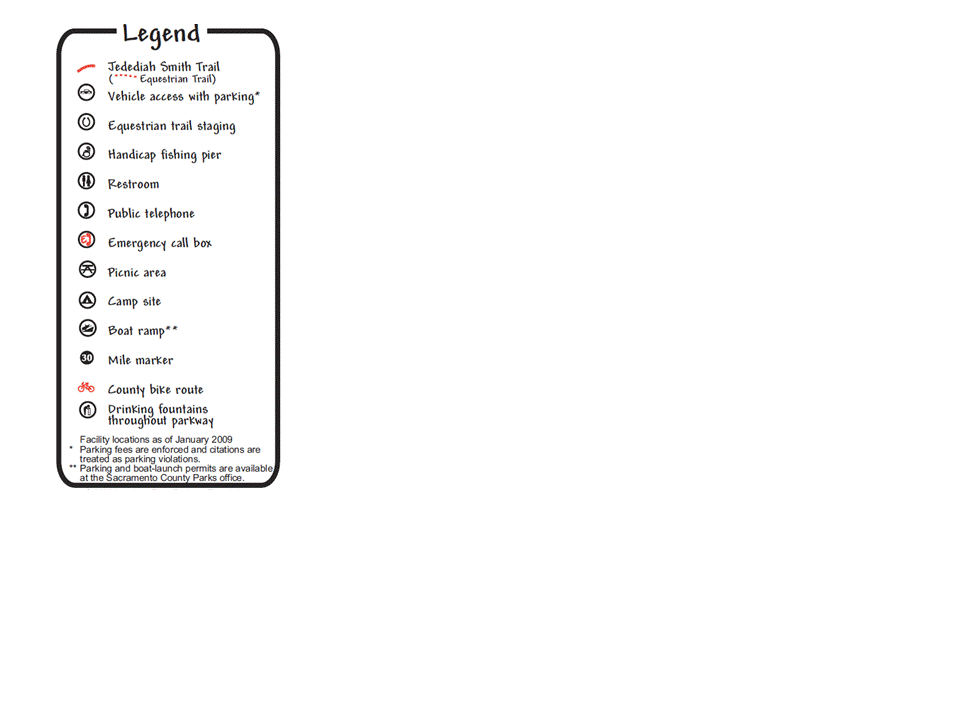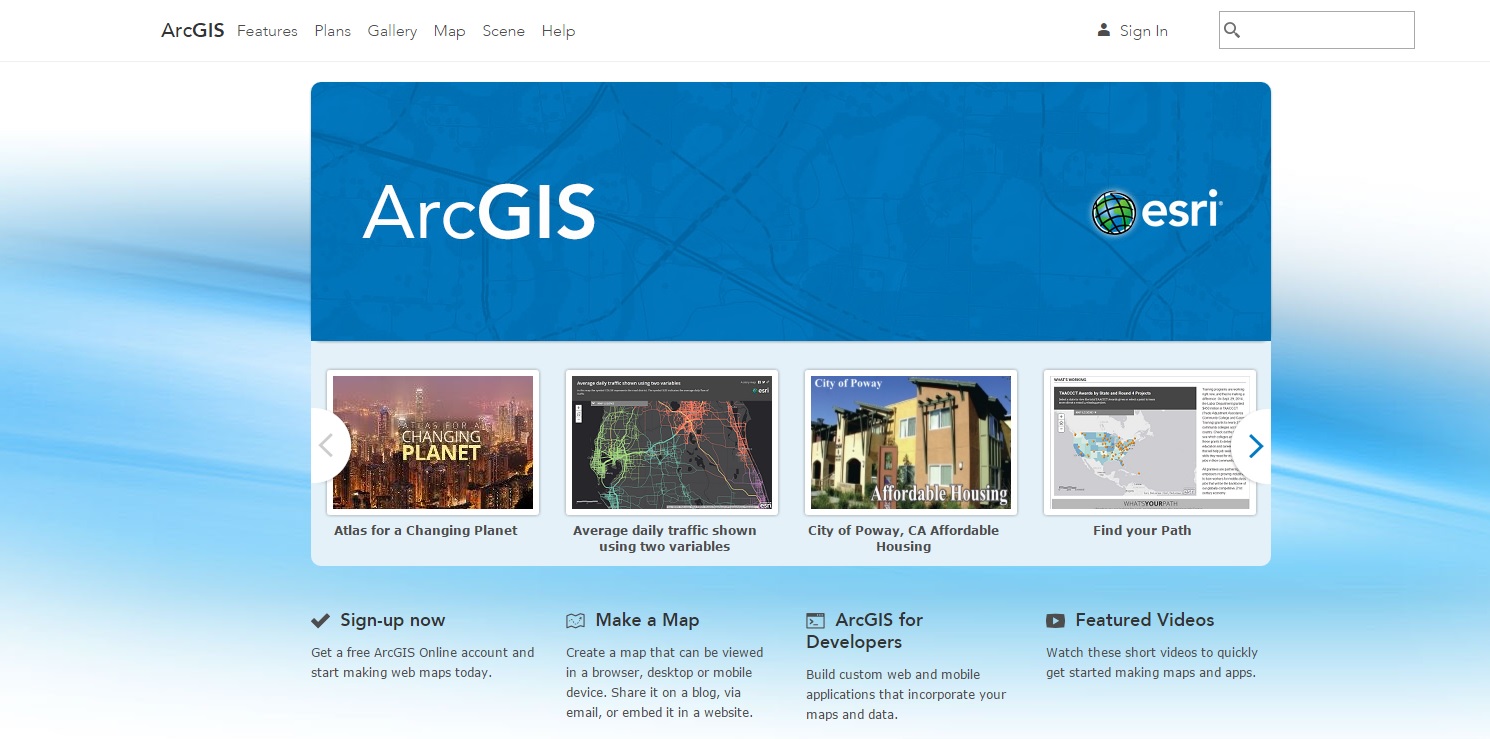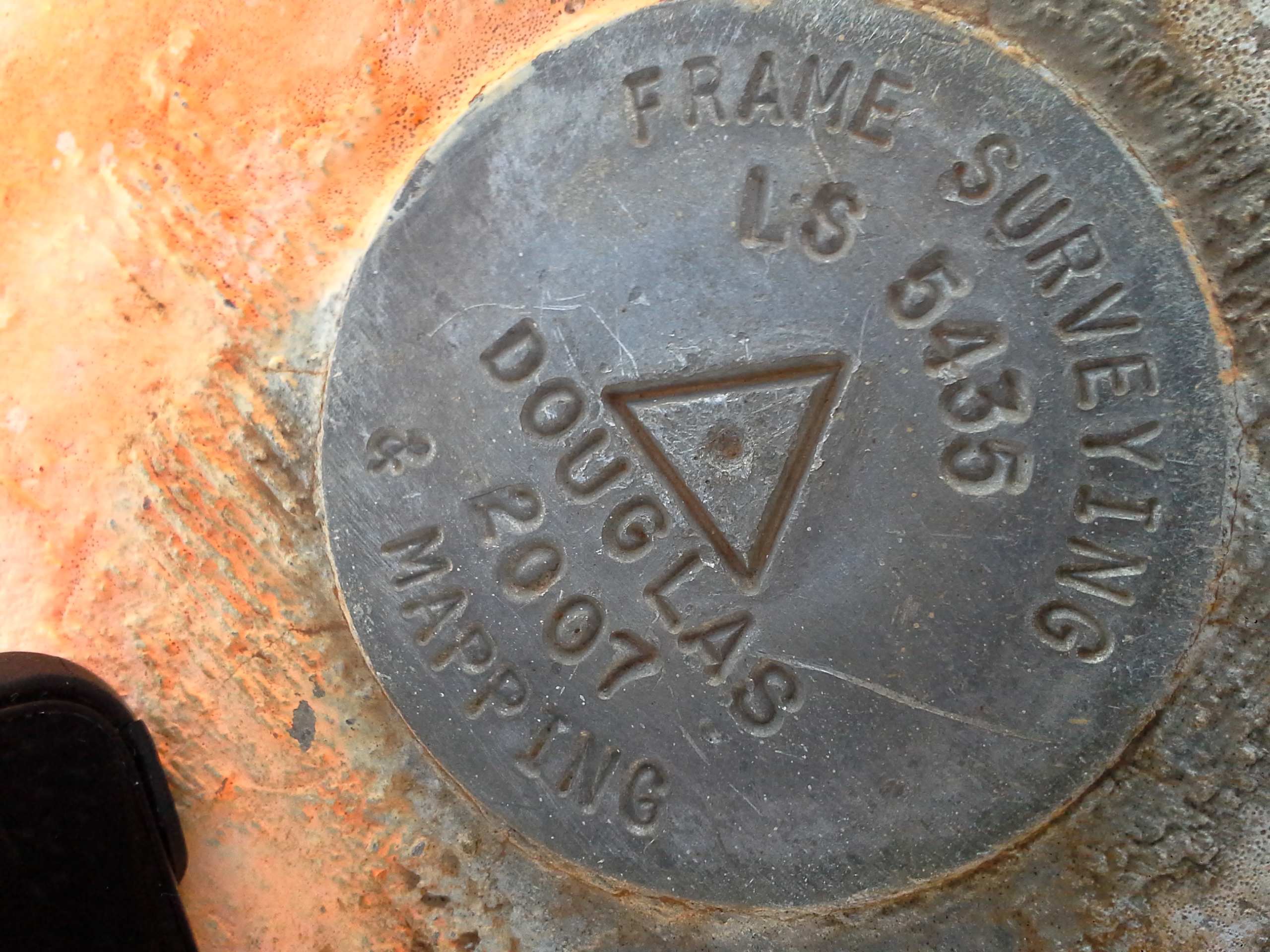




| Source of Measure | Easting | Northing | SQRT((Del X)^2+(Del Y)^2)) (meters) |
| Survey Control | 652,955.034 | 4,269,525.060 | Ref. Point |
| Nexus 7 (Immediate) | 652,955.803 | 4,269,531.160 | 6.148 |
| Nexus 7 (1 min wait) | 652,954.763 | 4,269,524.174 | 1.134 |
| Samsung (1 min wait) | 652,954.763 | 4,269,524.818 | 0.363 |